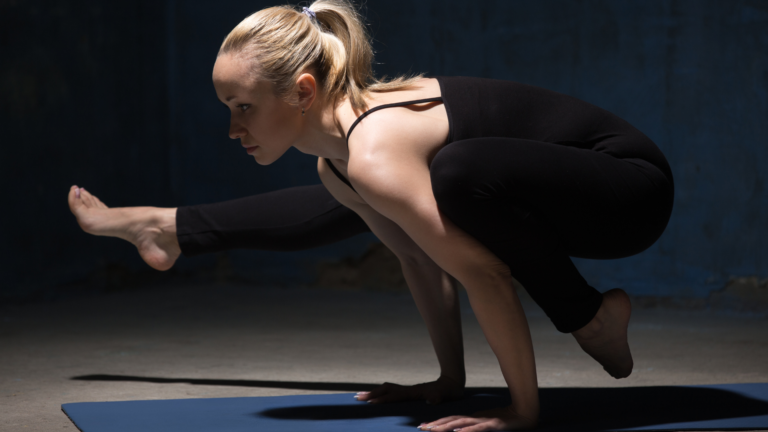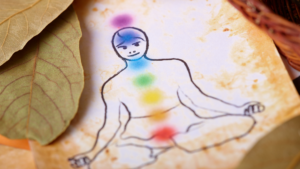Bakasana, also known as Crow Pose, is one of the quintessential arm balances in yoga that offers a myriad of physical, mental, and emotional benefits. Despite its seemingly daunting nature, Bakasana is accessible to many with practice and patience. This article explores the numerous benefits of incorporating Bakasana into your yoga practice.
Physical Benefits
Strengthens the Upper Body
Bakasana is excellent for building strength in the arms, shoulders, and wrists. Supporting your body weight in this pose requires significant muscular engagement, particularly in the triceps and the deltoids. Regular practice can lead to noticeable improvements in upper body strength.
Enhances Core Strength
Balancing in Bakasana demands substantial engagement of the core muscles. The abdominals, obliques, and lower back work together to stabilize the body. A strong core not only aids in performing other yoga poses but also improves overall body stability and posture.
Improves Balance and Coordination
Balancing on your hands requires a keen sense of coordination and spatial awareness. Practicing Bakasana enhances proprioception, which is the body’s ability to sense its position and movement in space. Improved balance and coordination are beneficial in daily activities and other physical pursuits.
Increases Flexibility
While Bakasana primarily builds strength, it also encourages flexibility, particularly in the hips and groin. The initial stages of learning this pose involve deep hip flexion, which can help increase the range of motion in these areas over time.
Strengthens the Back
The muscles of the upper back are engaged to keep the spine lifted and elongated. This not only builds strength but also promotes better posture and alleviates tension from prolonged sitting or poor posture habits.
Mental and Emotional Benefits
Boosts Concentration
Achieving and maintaining balance in Bakasana requires intense focus and concentration. This practice helps cultivate a sharper mind and can translate to improved concentration in other areas of life, such as work or study.
Reduces Stress and Anxiety
Like many yoga poses, Bakasana encourages mindful breathing and presence, which can help reduce stress and anxiety. The mental challenge of the pose also provides a distraction from everyday worries, promoting a sense of calm and relaxation.
Builds Confidence
Successfully balancing in Bakasana can be a significant confidence booster. Overcoming the fear of falling and mastering a challenging pose fosters a sense of accomplishment and self-assurance. This confidence can spill over into other aspects of life, encouraging a more positive outlook.
Encourages Mindfulness
Practicing Bakasana requires being fully present in the moment. This mindfulness aspect helps practitioners connect more deeply with their bodies and breath, enhancing overall yoga practice and promoting mental clarity.
Practical Tips for Practicing Bakasana
Warm-Up Properly: Ensure your wrists, shoulders, and hips are adequately warmed up before attempting Bakasana to prevent injury.
Start Small: Begin by practicing variations or preparatory poses, such as Malasana (Garland Pose) or plank variations, to build the necessary strength and flexibility.
Use Props: Yoga blocks or blankets can provide extra support and help you gradually build confidence in the pose.
Engage the Core: Focus on engaging your core muscles to stabilize your body and protect your lower back.
Breathe: Maintain a steady, mindful breath throughout the pose to stay calm and focused.
Bakasana is a powerful yoga pose that offers a wealth of benefits, from building physical strength and flexibility to enhancing mental focus and emotional well-being. By incorporating Bakasana into your yoga practice, you can cultivate a stronger, more balanced body and a calm, focused mind. Remember, the journey to mastering Bakasana is just as important as the pose itself, so practice with patience, persistence, and mindfulness.
Source Credits: yogakoh







